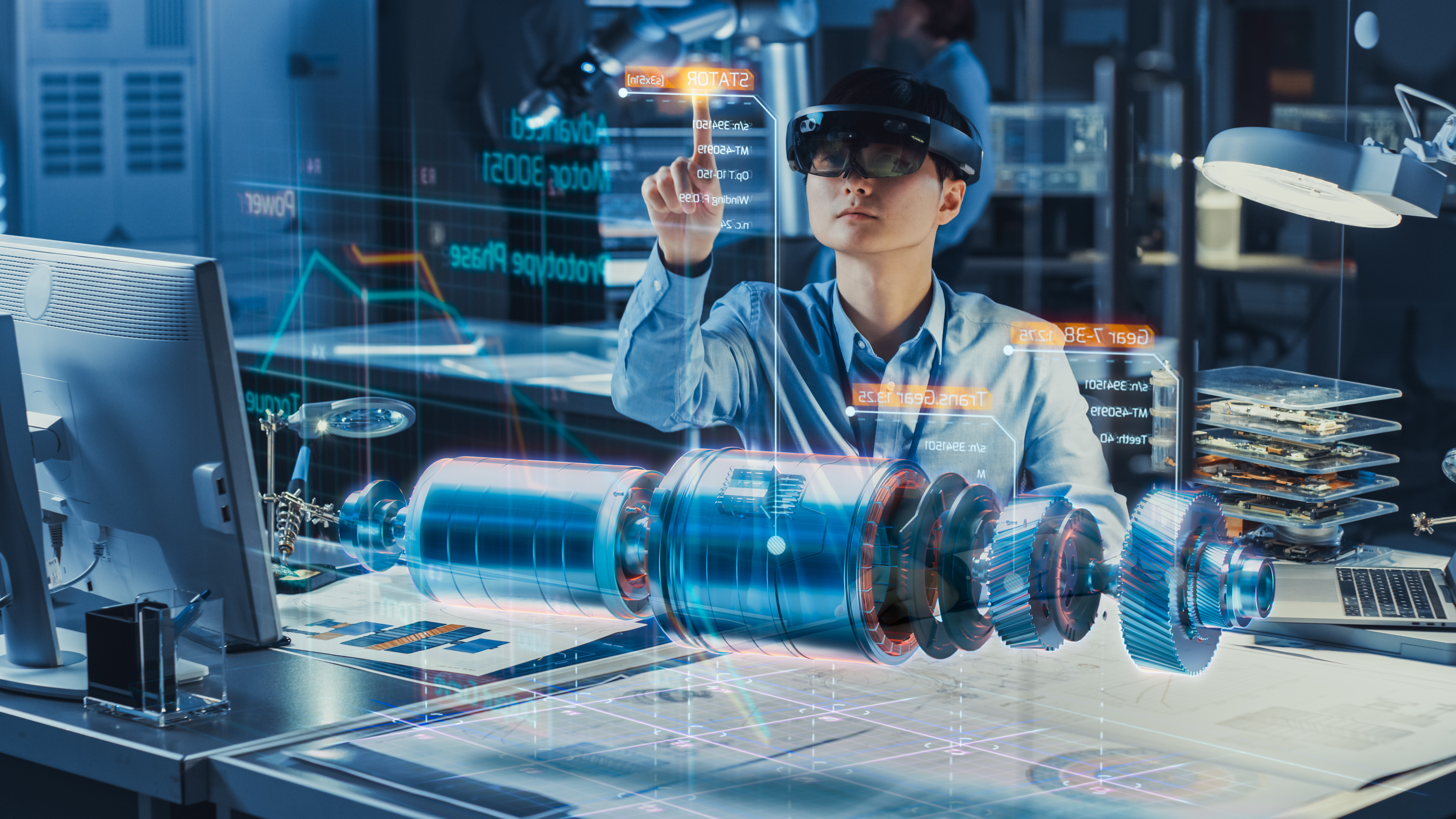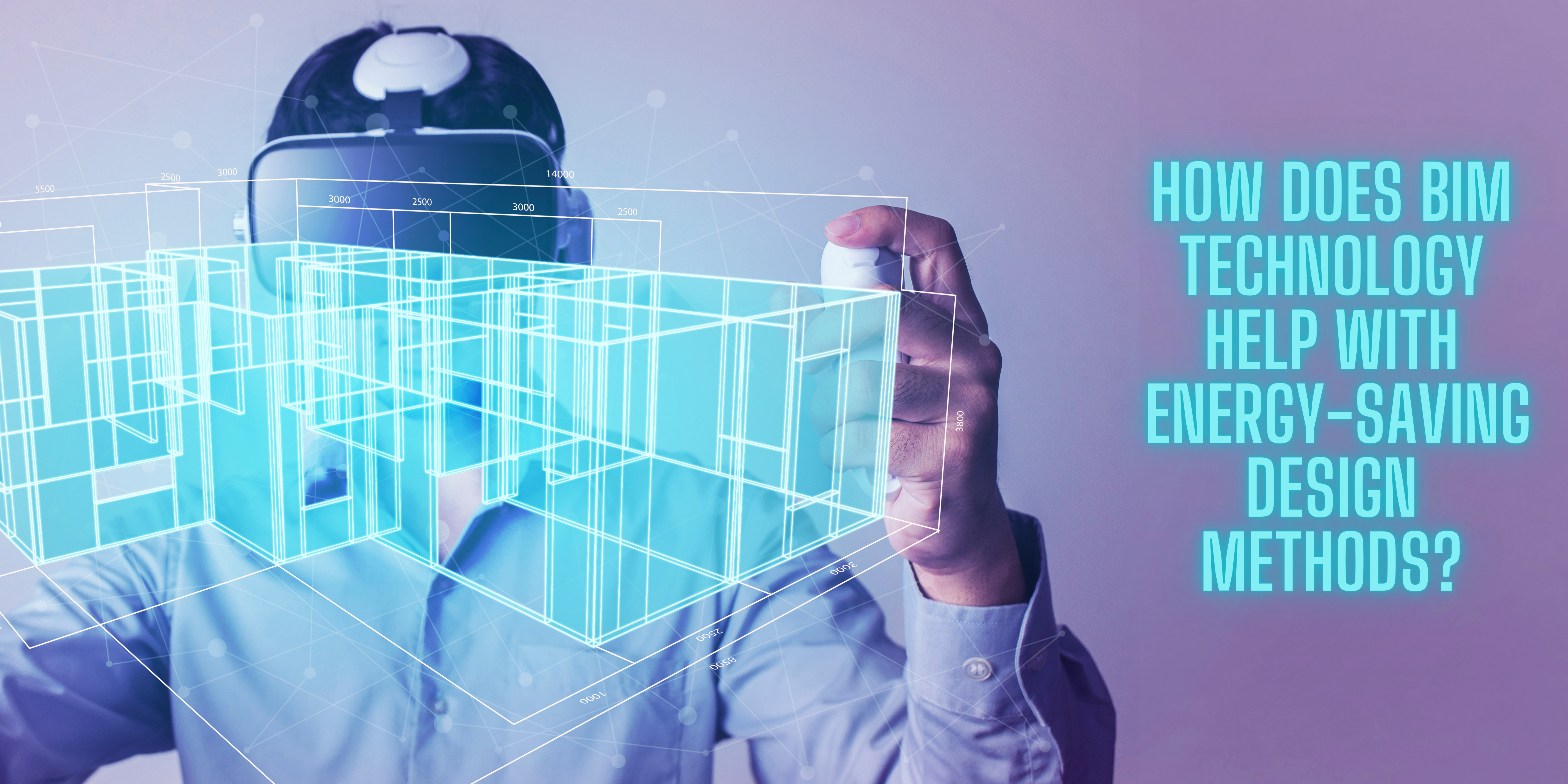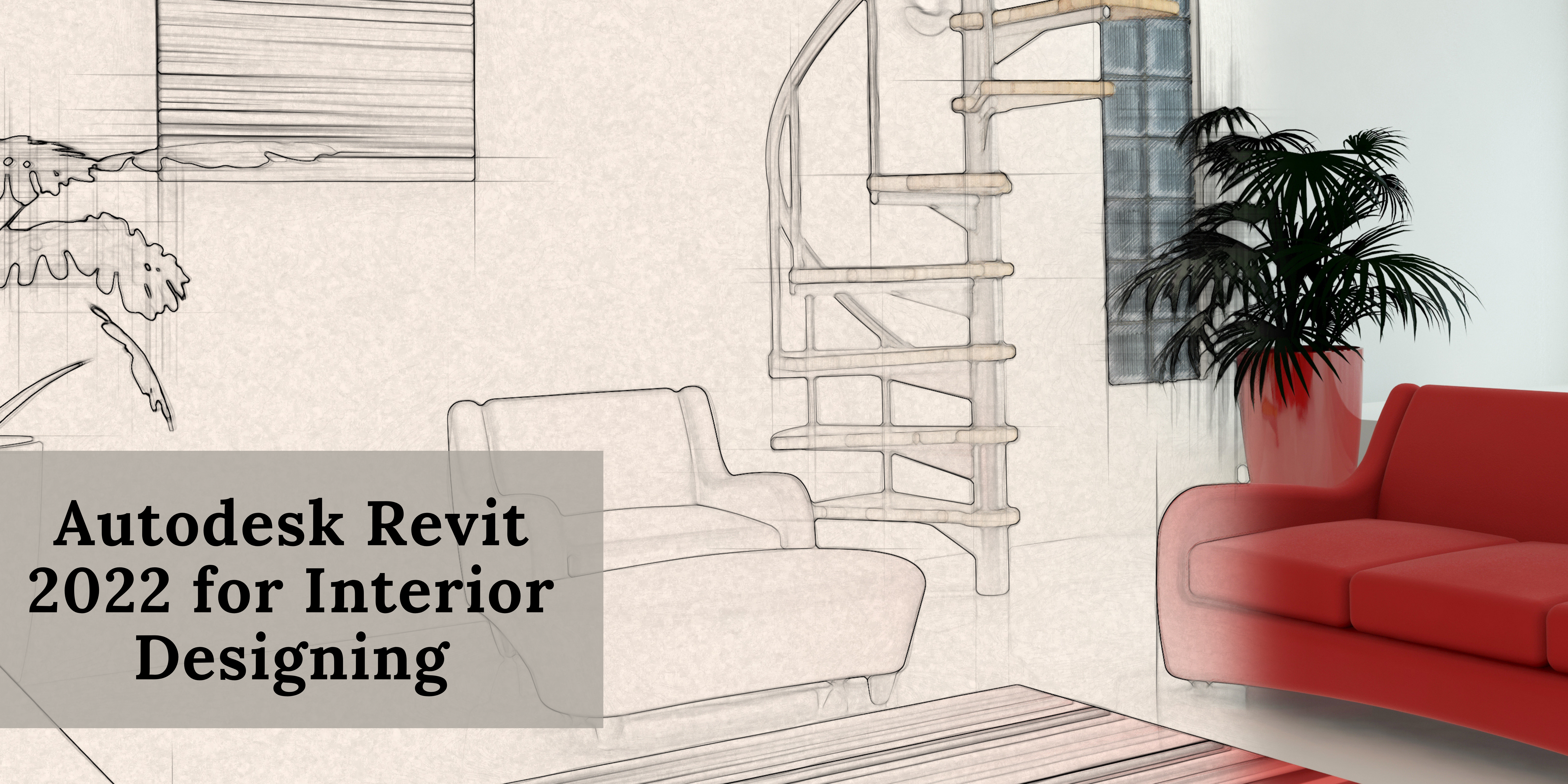Why CAD + VR databases matter now?
Modern manufacturing is moving beyond static CAD files toward dynamic, data-driven ecosystems. Integrating CAD with virtual reality (VR) databases creates interactive digital twins and immersive workflows that let teams validate designs, simulate production, and train staff before the first physical prototype is built. This convergence reduces errors, shortens time-to-market, and makes continuous optimization practical across the product lifecycle.
What “CAD and VR database integration” actually means?
At a practical level, integration means:
- Converting/streaming CAD geometry and metadata (BOMs, PMI, tolerances) into optimized 3D assets suitable for real-time engines.
- Linking that geometry to live data feeds (IoT sensors, PLCs, ERP) so VR scenes reflect real-time operational state — the basis of a digital twin.
- Maintaining a single source of truth (CAD database) while enabling multiple VR views (collaborative review, simulation, operator training).
Key benefits for digital and manufacturing processes
- Faster design validation — immersive VR reviews reveal spatial/ergonomic issues earlier than 2D screens, reducing costly rework.
- Realistic factory simulation / layout optimization — digital twins let engineers test line balance, robot reachability, and material flow virtually. BMW and others already use virtual factories to optimize assembly lines.
- Improved training & safety — VR training with CAD-accurate equipment reduces onboarding time and improves safety without disrupting production.
- Predictive maintenance & analytics — linking CAD parts to sensor data allows condition monitoring and predictive maintenance via the digital twin.
Technical architecture — how to build the pipeline?
A pragmatic, production-ready pipeline usually includes:
-
CAD source and PLM/CAD database: authoritative 3D CAD models and metadata (JT, STEP, Parasolid, native formats).
-
Model preparation & optimization: decimation, baking materials, LODs, and conversion to real-time friendly formats (glTF, USD, FBX, or proprietary engine formats). Tools like Siemens NX, Autodesk, or conversion services are commonly used.
-
Real-time engine / visualization layer: Unity, Unreal, NVIDIA Omniverse, or custom engines host VR scenes and render interactions. These engines support physics, animation, and multi-user collaboration.
-
Data integration & middleware: MQTT/OPC-UA/REST APIs connect IoT, PLM, MES, and ERP to the VR runtime so the scene represents live status.
-
Collaboration & lifecycle management: versioning, access control, and traceability through PLM/ALM systems so changes propagate bidirectionally when needed.
Common implementation challenges (and how to overcome them)
- Large CAD models / performance: use level-of-detail (LOD), instancing, and streaming to keep VR interactive.
- Data interoperability: adopt neutral exchange formats (STEP, JT, glTF/USD) and clear metadata mapping to preserve PMI/BOM.
- Organizational silos: align PLM, engineering, and operations stakeholders early — pilots focused on one product line are effective.
- Security & privacy: secure IoT/VPN tunnels, role-based access, and encryption for production digital twins.
Use cases & quick examples
- Automotive plant planning: simulate assembly lines, human ergonomics, and robot paths to reduce layout errors (BMW’s virtual factory initiatives are emblematic).
- Aerospace prototyping: VR inspection of CAD assemblies for fit/clearance at human scale, cutting physical mockups.
- Maintenance & field support: technicians use AR/VR overlaid on CAD-accurate models to identify failure points tied to sensor alerts.
Conclusion:
Integrating CAD and virtual reality databases bridges the gap between digital design and real-world manufacturing. This powerful combination transforms static CAD models into immersive, data-driven environments that enable faster design validation, streamlined production planning, and more effective training. By adopting CAD–VR integration now, manufacturers can cut costs, improve collaboration, and accelerate innovation — positioning themselves ahead in the era of digital twins and smart manufacturing.
FAQs
How secure is CAD–VR data integration?
Security measures include encrypted data transfer, role-based access control, and VPNs for remote collaboration. Since CAD data often contains sensitive IP, ensuring compliance with company and industry security standards is essential.
How long does integration take?
Pilot projects (one product line or station) can run in weeks to a few months; enterprise rollouts scale from there depending on data complexity and PLM integrations.
What industries benefit most from CAD–VR database integration?
While it’s common in automotive, aerospace, and heavy equipment manufacturing, industries like construction, shipbuilding, electronics, and consumer product design are increasingly adopting it for virtual prototyping, training, and layout simulation.
Can VR handle large, complex CAD assemblies without lag?
Yes, but performance optimization is key. Techniques like polygon reduction, instancing, level-of-detail (LOD) models, and GPU-friendly file formats (glTF, USD, FBX) help VR engines render large assemblies smoothly without compromising accuracy.
Why should I choose CADD Centre for learning advanced design software?
CADD Centre is a trusted training provider with decades of experience, offering updated course content, hands-on learning, and personalized mentoring. Whether you are a student, fresher, or professional, CADD Centre equips you with the latest tools and knowledge to excel in your chosen field.
How can BIM courses help in creating a digital twin?
CADD Centre’s BIM (Building Information Modeling) Course equips you with skills to create intelligent 3D models that store detailed data—an essential requirement for building digital twins in construction and manufacturing.





